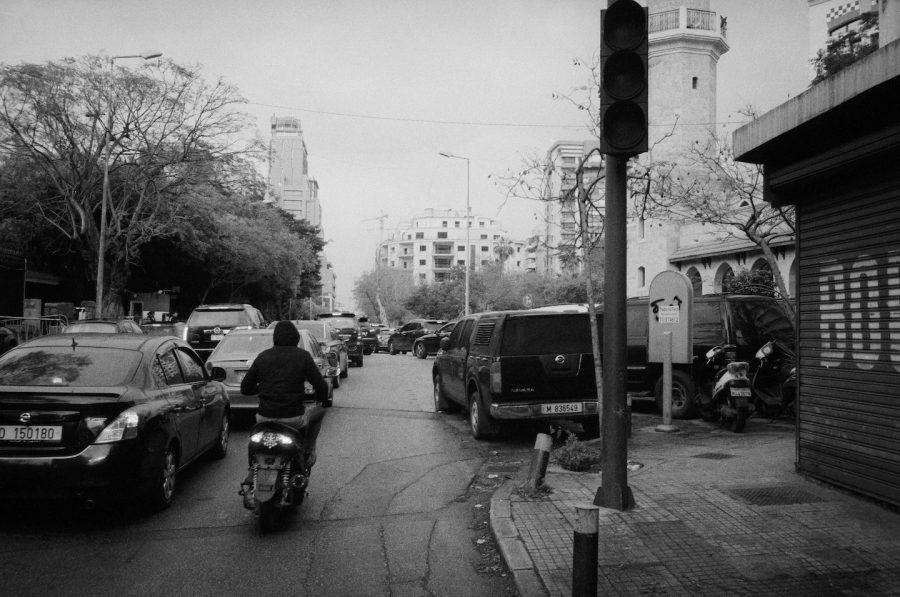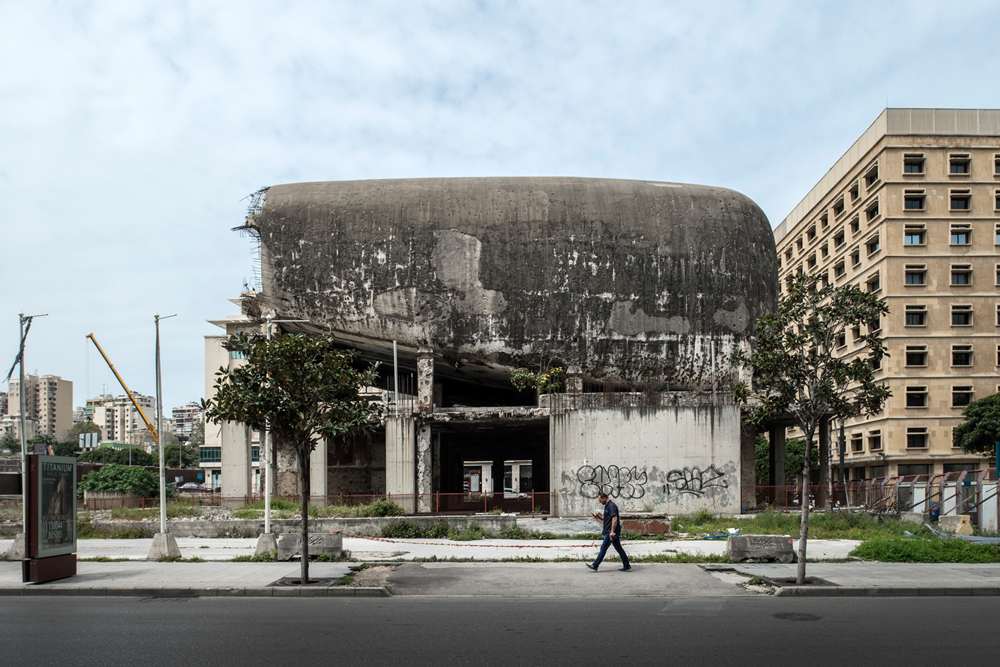Beirut, the architect and the photographer
In Beirut, restoration work is under way on the Union Building, an icon of 1950s architecture. Led by Karim Nader, the renovation is an opportunity for the Lebanese architect to reflect on the idea of "reprise" in architecture, with the help of Belgian photographer Julien Lanoo, who has been travelling the city with him to explore its future. The photographer offers some exclusive views from this black and white report.
The Union Building is the name given to an iconic building in Beirut city centre. Built in 1952 by architects Antoine Tabet and Lucien Cavro, its nine floors used to house offices and flats before being abandoned for a long time. “Grand, luxurious and refined, the project embodies the spirit of a golden era. The building features numerous high-tech innovations for the period: an underground parking with a carwash, water boilers directly imported from the USA, a trash chute with incinerator from France, four German elevators, phone booths on the ground floor and in the roof club…” says the architect.
To define his approach to rehabilitation, Karim Nader talks about “reprise”, which he explains in his book For a Novel Architecture (LetteraVentidue Edizioni, 2020): “Reprise combines memory and hope. It’s a way of looking creatively at the past and reinventing it. So, it’s not a classic renovation. It’s about redesigning the building to bring it into the present.”
It was to show to these past lives that the architect called on Julien Lanoo to take a sensitive look at these “artefacts”, like so many witnesses to Beirut’s potential future. This collaboration lead to a shared project, still under way, which should give rise to an exhibition and a book. In the meantime, let’s explore in black and white.
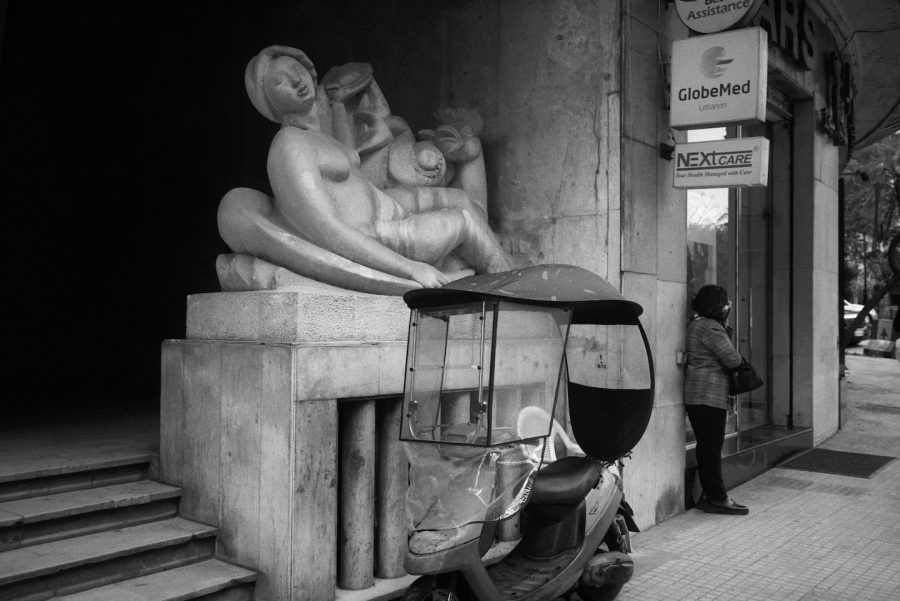
Sculptures by Julien Dorier at the entrance to the Immeuble de l’Union
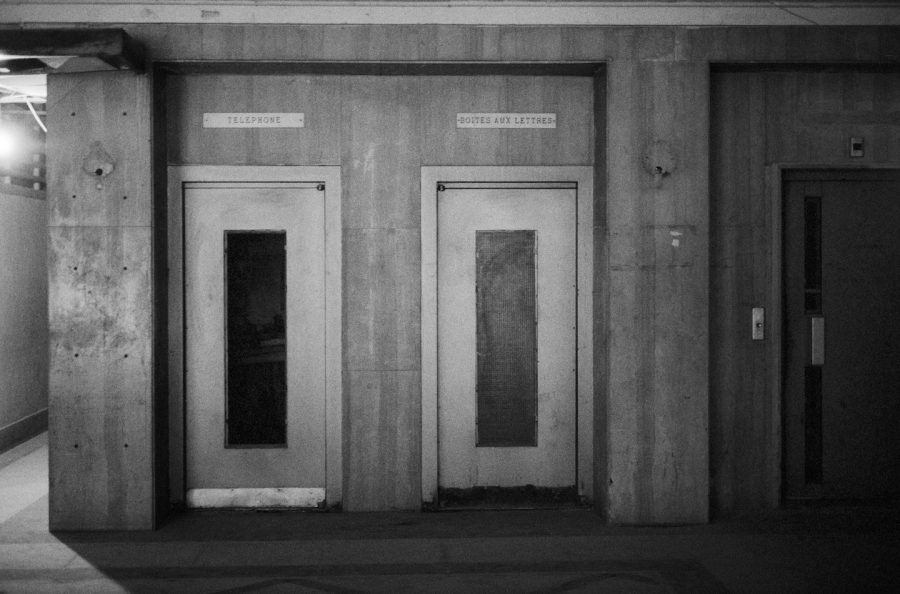
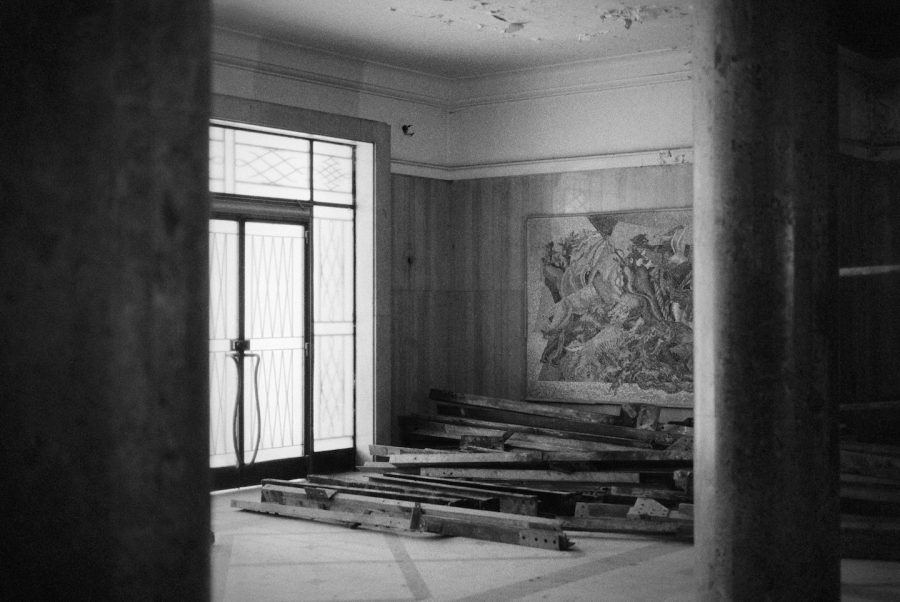
We are in the middle of surgery, and the building is a testimony to the present moment. We see the wound, we feel the pain, but we also sense the hope symbolically represented by the photos of an old and wounded artifact begging for new life.
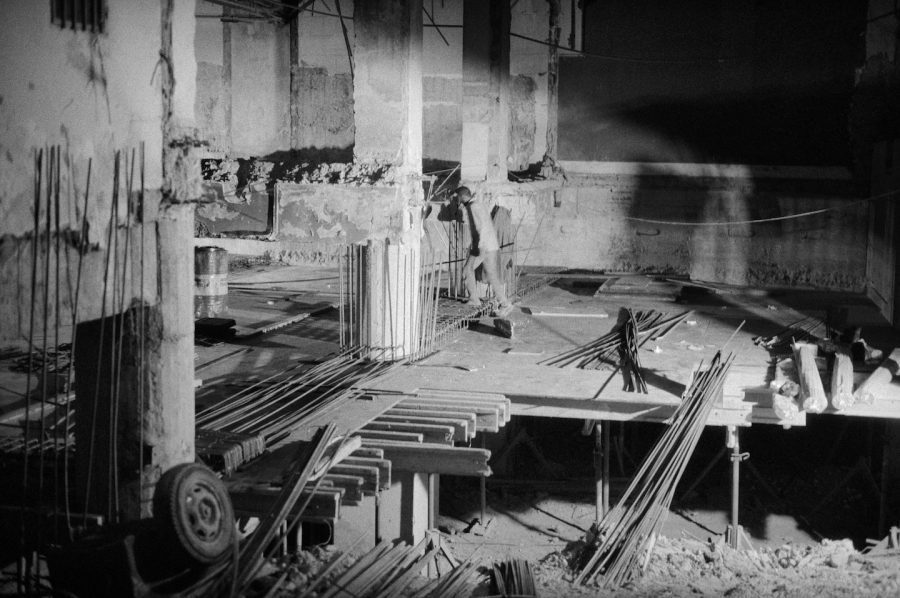
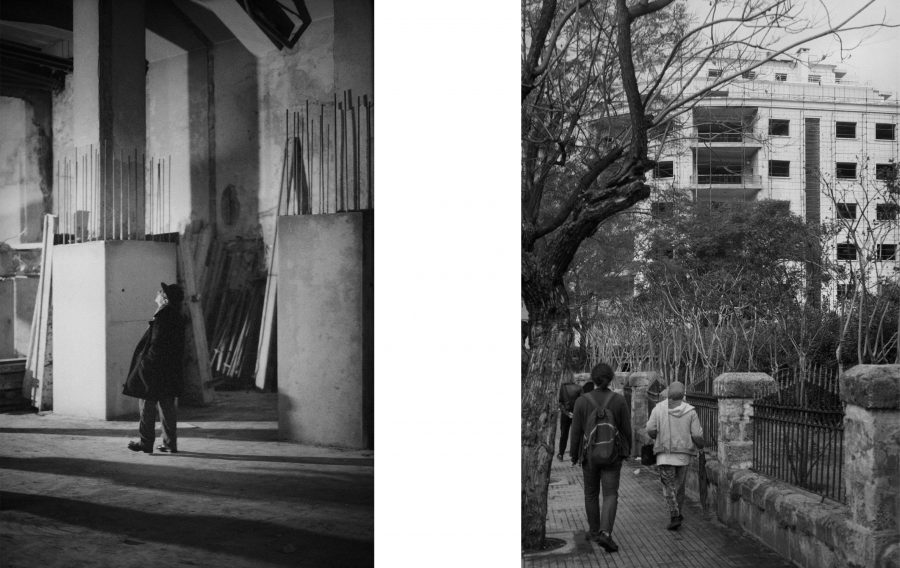
To know more about Beirut and its architecture, our issue "Tomorrow's Cities" is still available on online shop.

